-
ABOUT US
-
ACADEMICS
Curriculum Program
Departments
- English
- High School Chinese
- Primary and Junior School Chinese.
- High School Mathematics
- Middle School Mathematics
- Primary School Mathematics
- Music and Fine Arts
- Physical Education
- Physics
- Chemistry
- History and Geography
- Physical Science and Optional courses Department
- Middle School Biology
- High School Biology
- Social Sciences
- Computer Science
- Courses in Primary School
Achievements and Matriculations
College Counseling
Science & Technology Innovation Contest
Subject Competition
-
ARTS
-
ATHLETICS
-
AT SHSID
SHSID ∣ TIMES
PTSA
Club Exhibition
- 龙吟社
- Live 2 Drama
- Choir
- Hip-pop Dance Club
- The Primary School Dance Troupe
- Symposiums Club
- Biology Workshop
- You Shan
- VEX Robotic
- Peking Opera Club
- Baseball Club
- Model United Nations
- The World Scholar’s Cup
- Future Problem Solving Club
- United States Academic Pentathlon
- OM Club
- AMC Club
- Music for Patients
- SHSID Gazette
- Smile Charity
- Cultural Moments
- SciAcademy
- Stem Doge Alliance
- Chinese Debate Club
- IAA
- Mock Trial Club
- Zhengming Club
- Art-to-zine
- Bananaheads
- Electronics
- Furry Friends
- GT-Racing
- MCG Philharmonics
- Village Radio
- IMMC Club
- Creative Design and Intelligent Fabrication
- Future City Research Project
- ECOCAP
- AdvocaSEA
- SPDC
- Medishine
- Floorball Club
- Animusic MTC
- Wings Up
Health and Wellness
Campus Safety
Cafeteria Service
-
ADMINISTRATION
-
ADMISSIONS
-
ALUMNI
Alumni Information
Honors Students
- Class of 2025
- Class of 2024
- Class of 2023
- Class of 2022
- Class of 2021
- Class of 2020
- Class of 2019
- Class of 2018
- Class of 2017
- Class of 2016
- Class of 2015
- Class of 2014
- Class of 2013
- Class of 2012
- Class of 2011
- Class of 2010
- Class of 2009
- Class of 2008
- Class of 2007
- Class of 2006
Who Studied at SHSID
SHS Foundation
-
DOCUMENTS
Music Class in the Professional Recording Studio - The Recording Studio of Shanghai High School
In the Media Center next to the woody forest in Shanghai High School, there is a mysterious place hidden. Walk up the stairs to the second floor and turn around. You will see two light boards hanging on the back, indicating "Recording Room" and "Control Room". This is where the Shanghai High School Media Center's recording studio is located, consisting of two adjacent rooms: the Recording Room and the Control Room. This is a place where we provide recording services for school activities and where students learn music technology. In the music classes at SHSID High School, students frequently visit this recording studio to practice advanced hardware and software facilities and learn about recording and mixing.
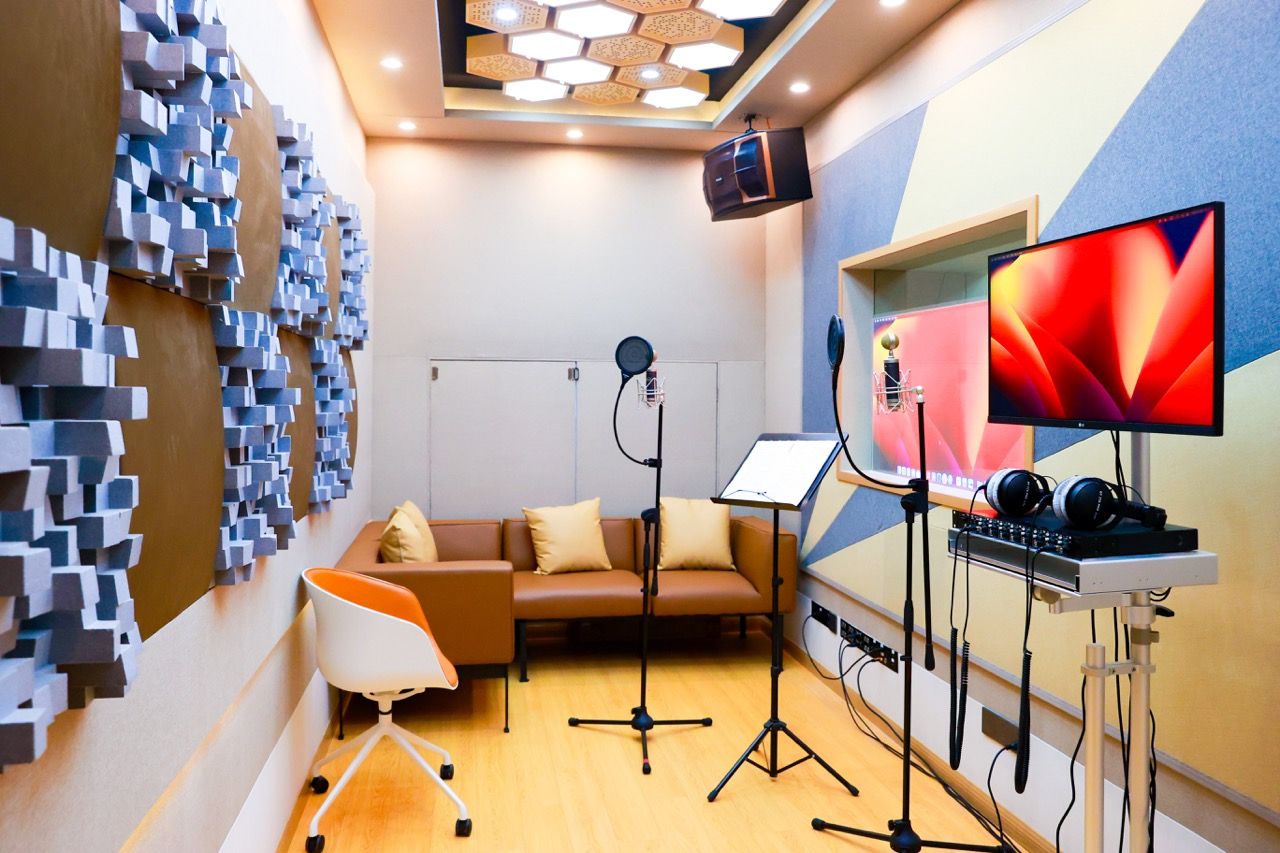
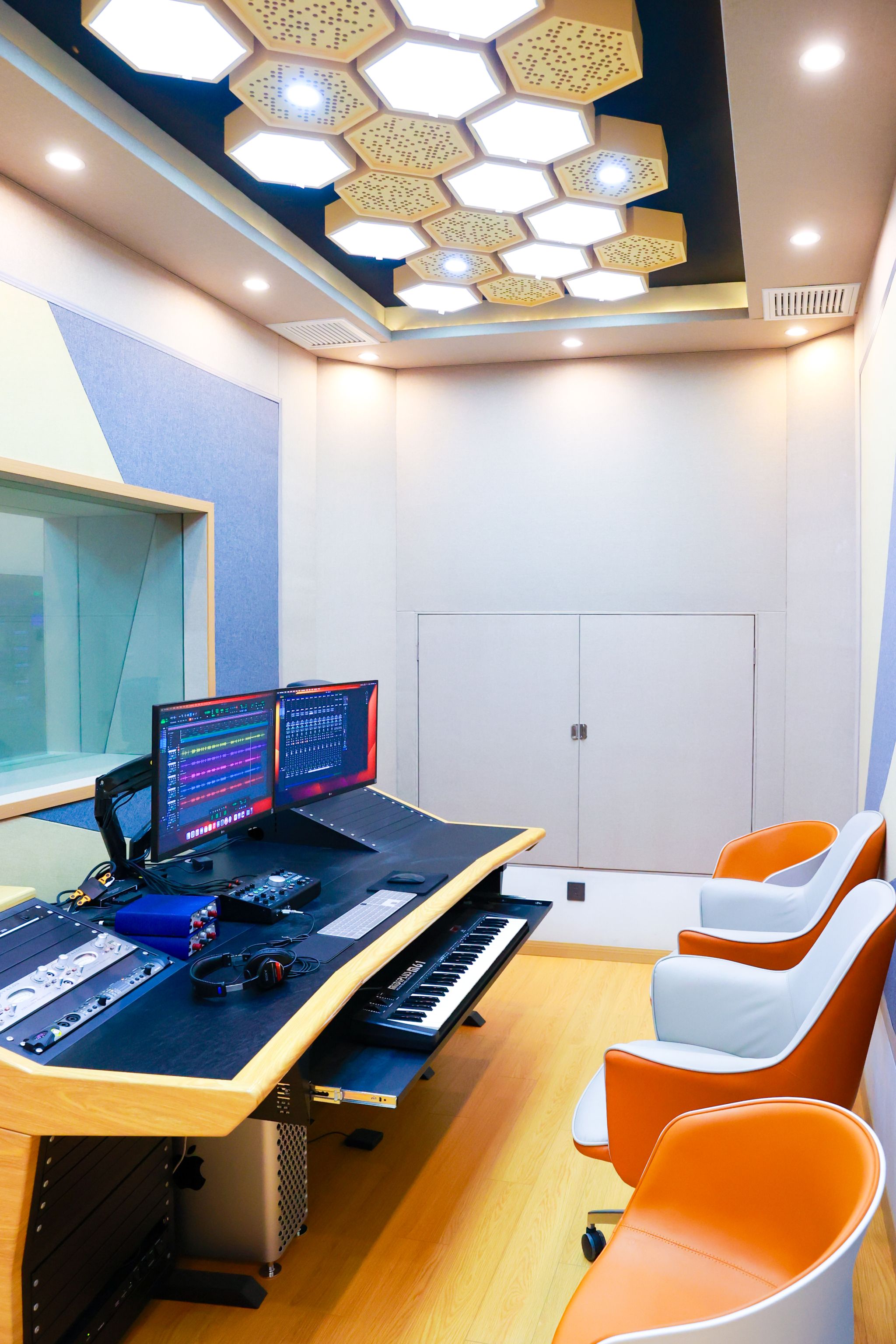
Although the school studio is a non-commercial recording studio used for teaching and media production, the hardware and software facilities have reached industry standards. The interior acoustic design of the recording studio is very sophisticated, with two separate rooms: a standard control room and a recording room. The studio uses spring-suspended floors and is separated by acoustically treated partitions and multiple layers of glass. The recording studio is equipped with equipment which have met professional-level recording requirements. Based on the size of the recording studio and its supporting facilities, it can simultaneously record two channels of vocal and multi-track instrumental performance, suitable for recording vocals and solo instruments.

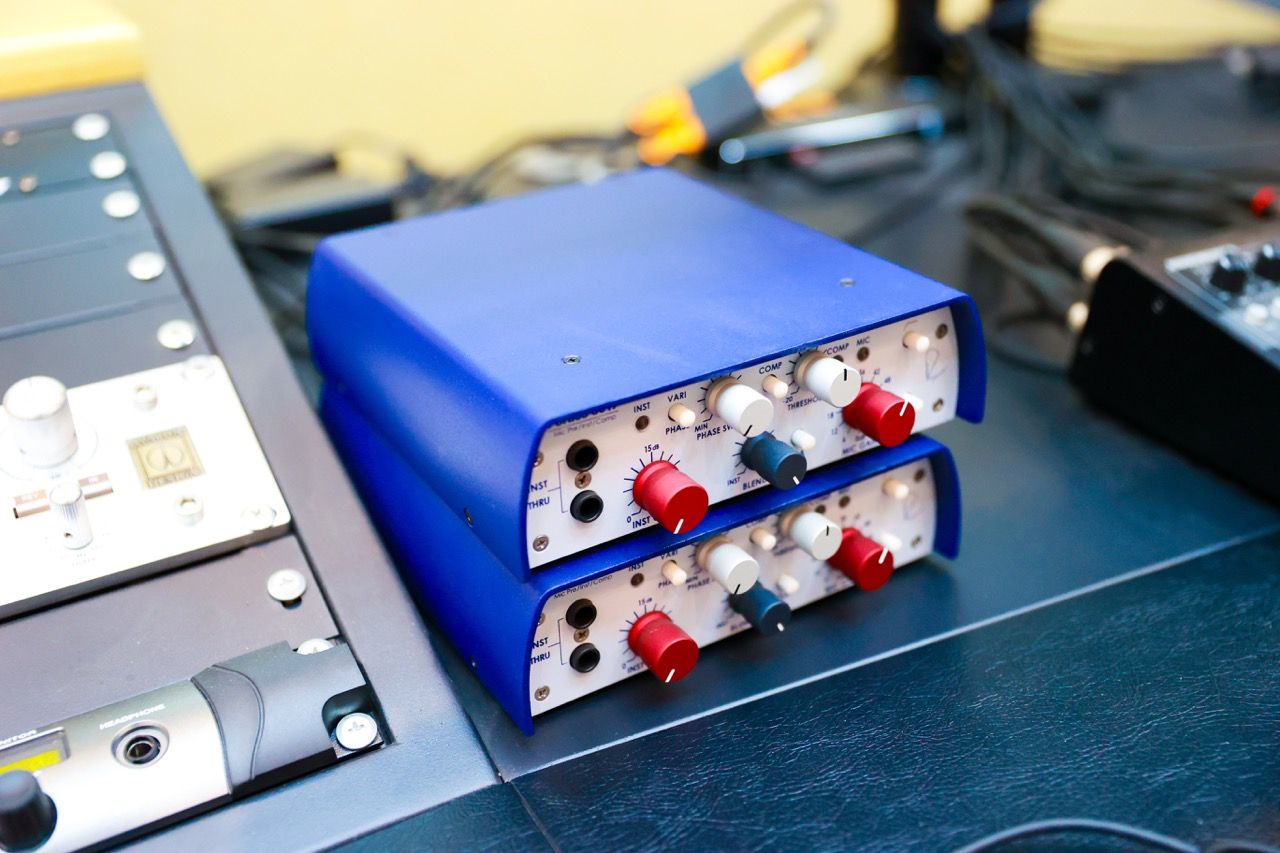
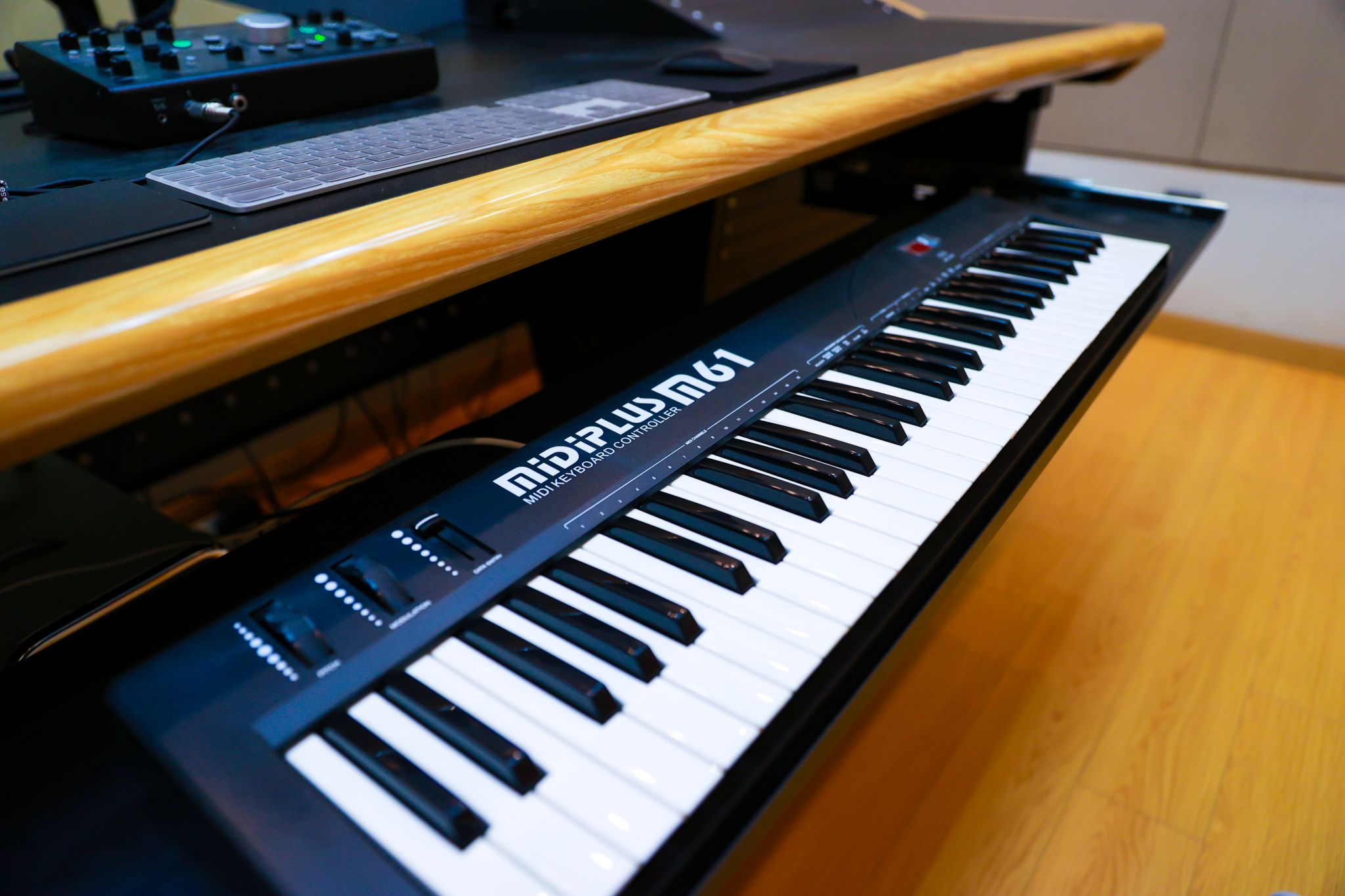
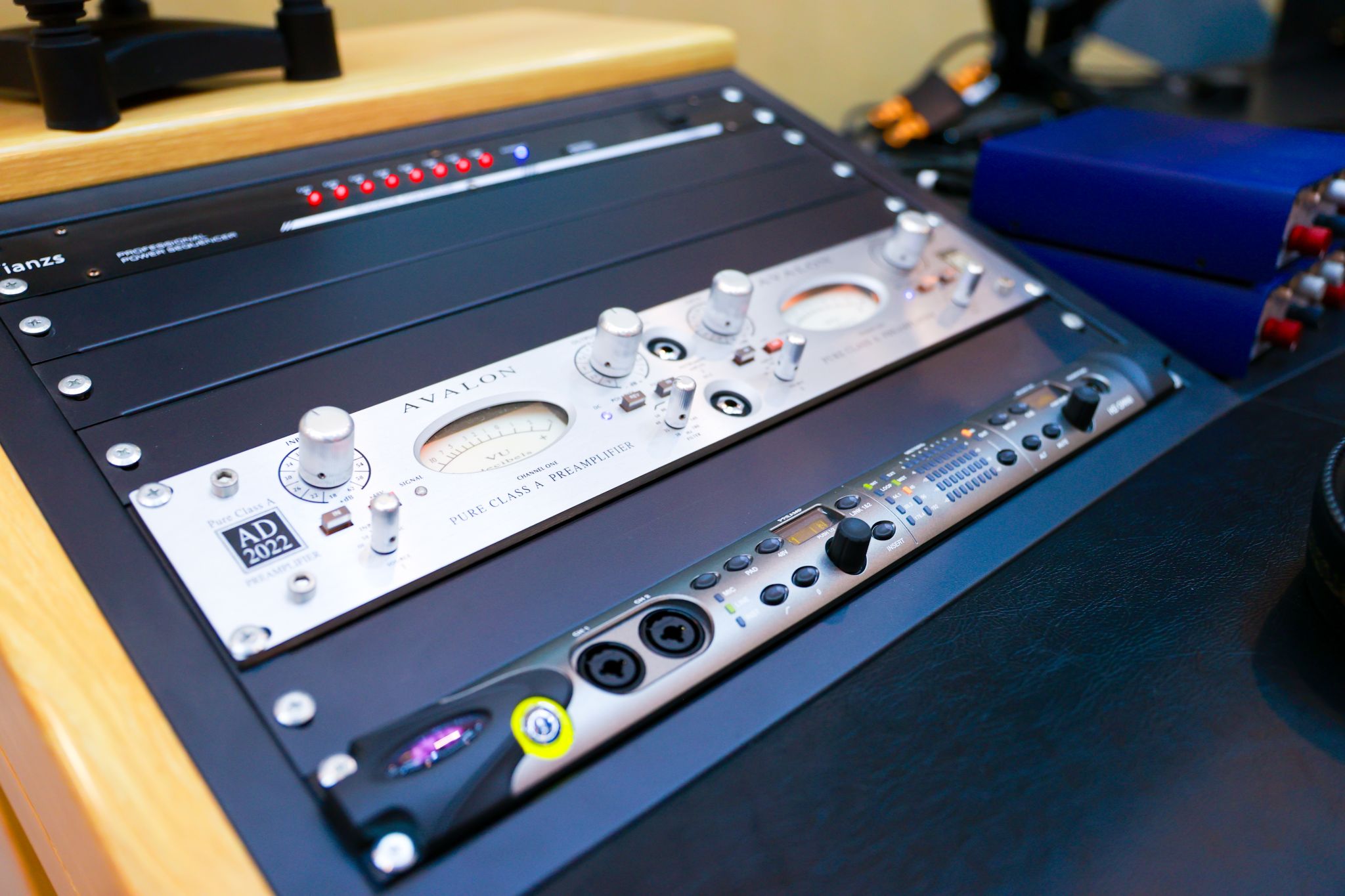
It is rare for schools in Shanghai and even China to have such a professional recording studio. As students of SHSID, they are undoubtedly fortunate. The teachers have incorporated studio experiences into their music classroom instruction, enabling students to experience professional-level recording and mixing practices within the classroom. Taking the Grade 10 music elective course and the IB music curriculum for Grades 11 and 12 as examples, in the Grade 10 music elective course Music Appreciation, there is a unit dedicated to the study of recording and mixing technology, and in the IB Music curriculum for Grades 11 and 12, there is a unit dedicated to the study of music technology. After learning the basic theoretical knowledge, students will come to the recording studio for practical exercises.
First, students will learn about the main facilities of the recording studio on site, understand the indoor acoustic design, and the main functions of the recording hardware/software. Subsequently, students will record a song in the recording room. Generally, students are divided into two groups, one is assigned to the control room and one to the recording room. One group of students served as recorders to record the songs, while the other group served as singers to perform and record the songs. Then, the two groups exchange roles. Through the real recording process, students can deeply experience the technology and challenges of the recording process, and feel the joy and sense of accomplishment of participating in music production.
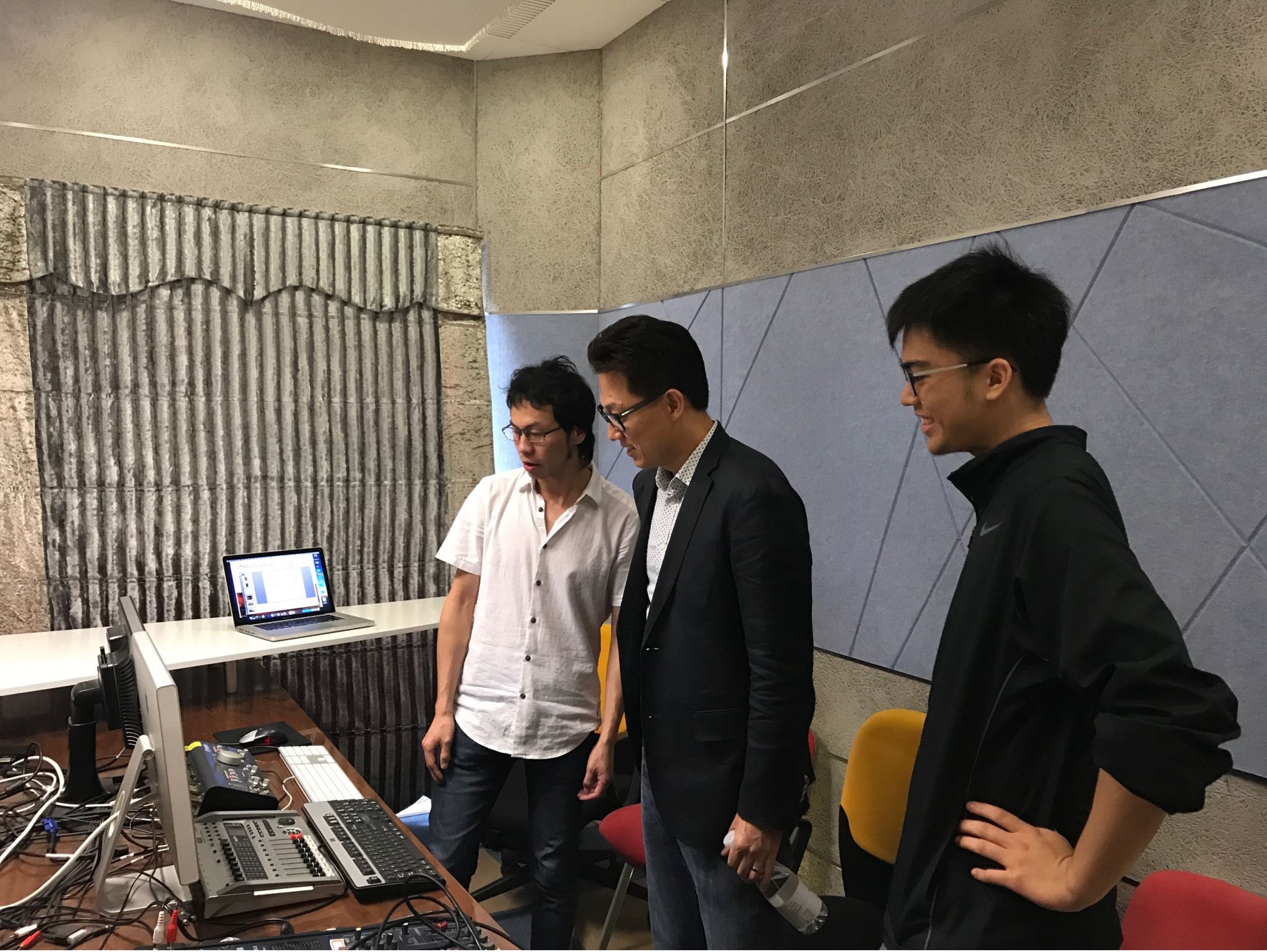
In the Grade 10 music elective course, the recording studio became a new classroom for practicing singing skills and harmony theory. When students wear headphones and sing in the recording studio, they can hear their own voice more clearly, feel their own vocal characteristics and singing skills, and intuitively recognize areas that need improvement during the performance. This experience cannot be obtained in ordinary classroom and home practice. When students use the track recording technology to add beautiful harmonies and explore different singing styles, the joy of harvest is so real. The sense of accomplishment gained from hard work and practice is often one of the greatest motivators for students to learn music.
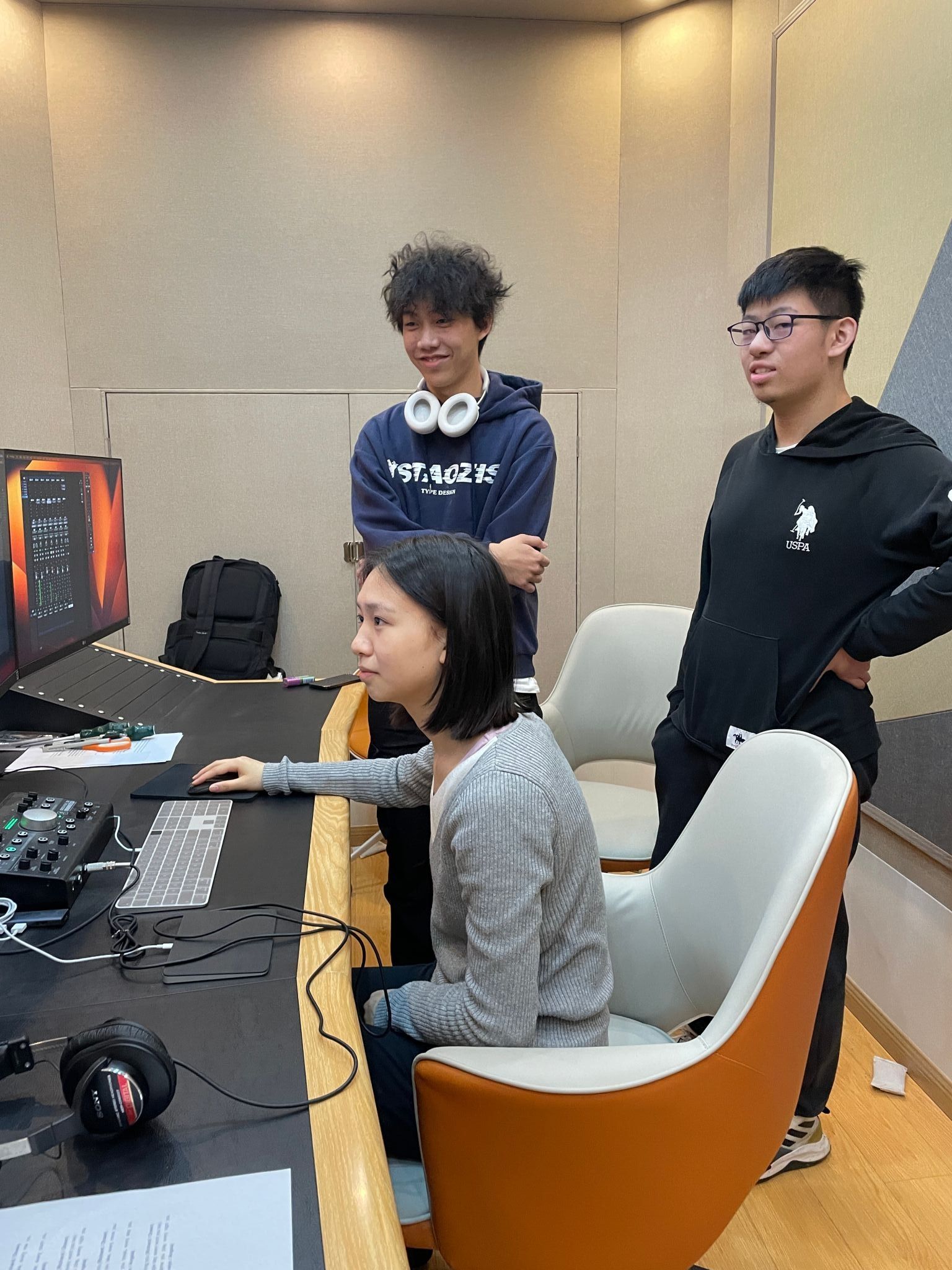
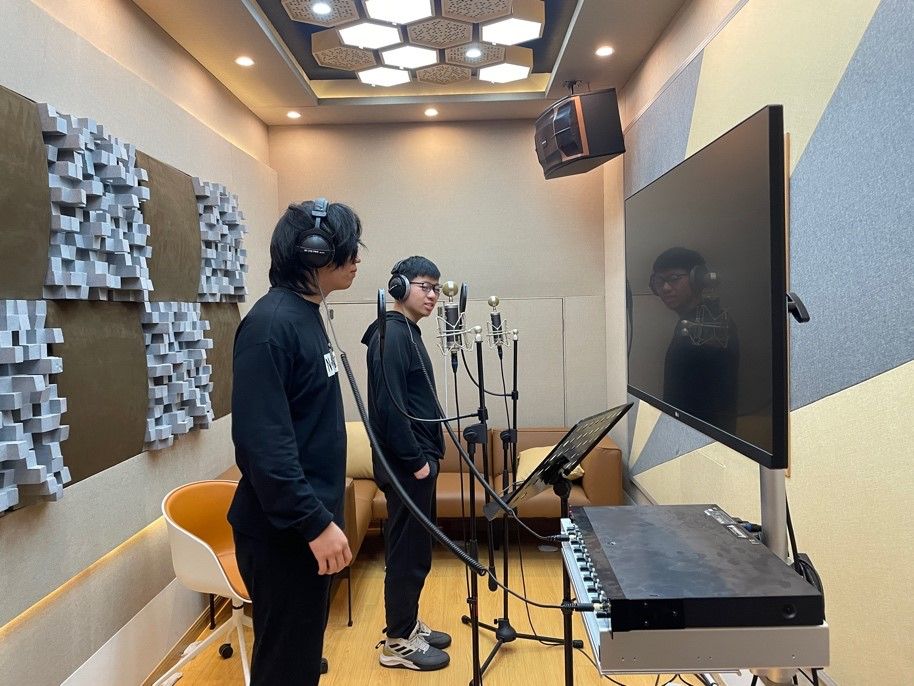
In the IB Music curriculum for Grades 11 and 12, the study of music technology is integrated throughout the entire IB Music curriculum, and the recording studio has become a necessary tool and venue for students to complete their course assignments. During the two-year study period, students will regularly visit recording studios to complete the recording and production tasks of their creative works under the guidance of their teachers.
In the IB Music curriculum, students have a strong sense of ownership, and often develop personalized learning directions based on their individual backgrounds and enjoying considerable freedom in choosing tasks. Studio practice sessions frequently adopt a collaborative model among peers, where some students who already possess certain recording skills and experience take on the role of producers, responsible for recording tasks and assisting other classmates in completing their recordings. This process not only exercises students' abilities as producers, but also motivates other students to master the recording technology. This method of learning through role-playing is suitable for small-class teaching in IB music classes, allowing students' unique characteristics to be fully developed and creating a good learning atmosphere of mutual cooperation.
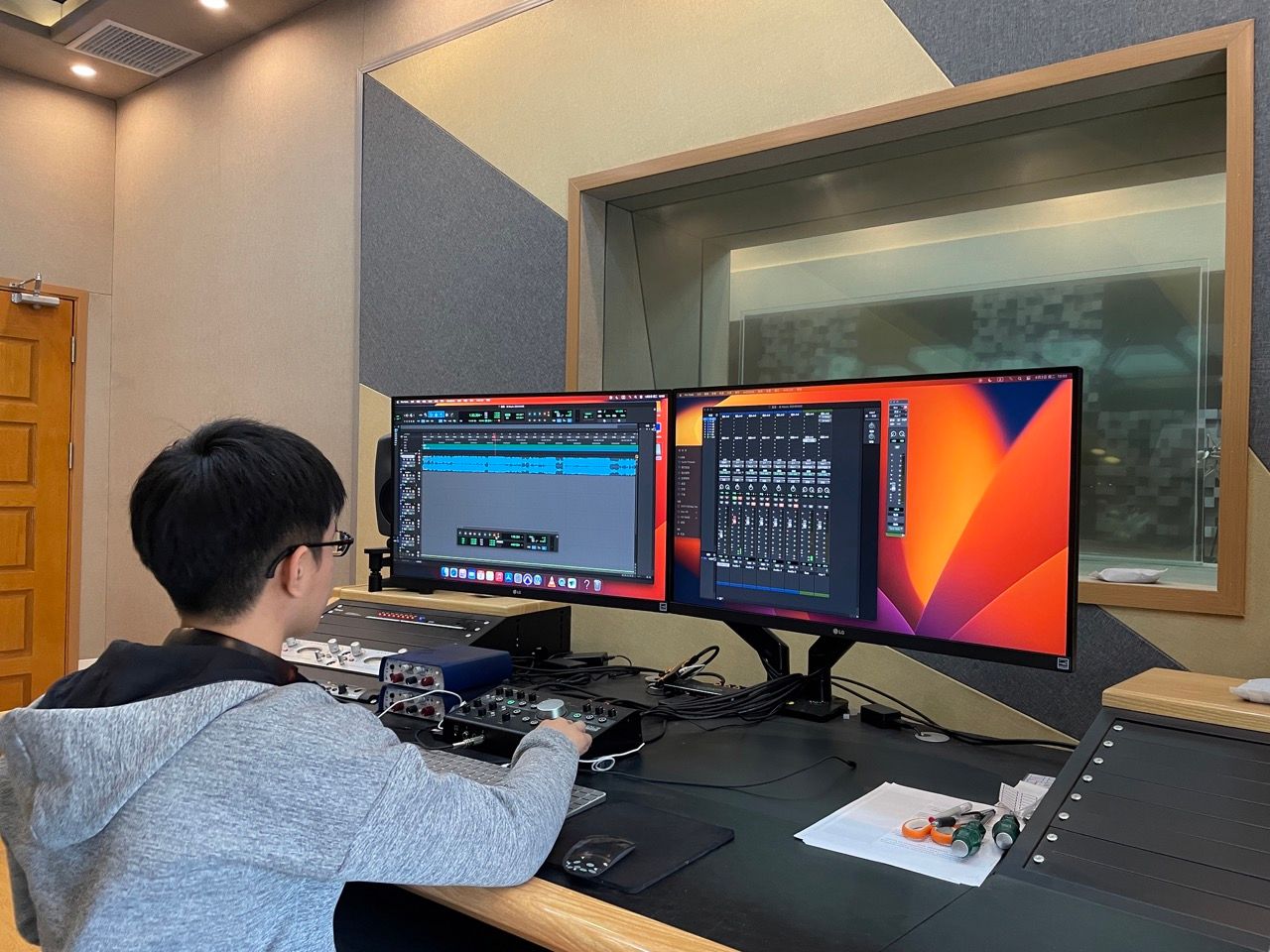
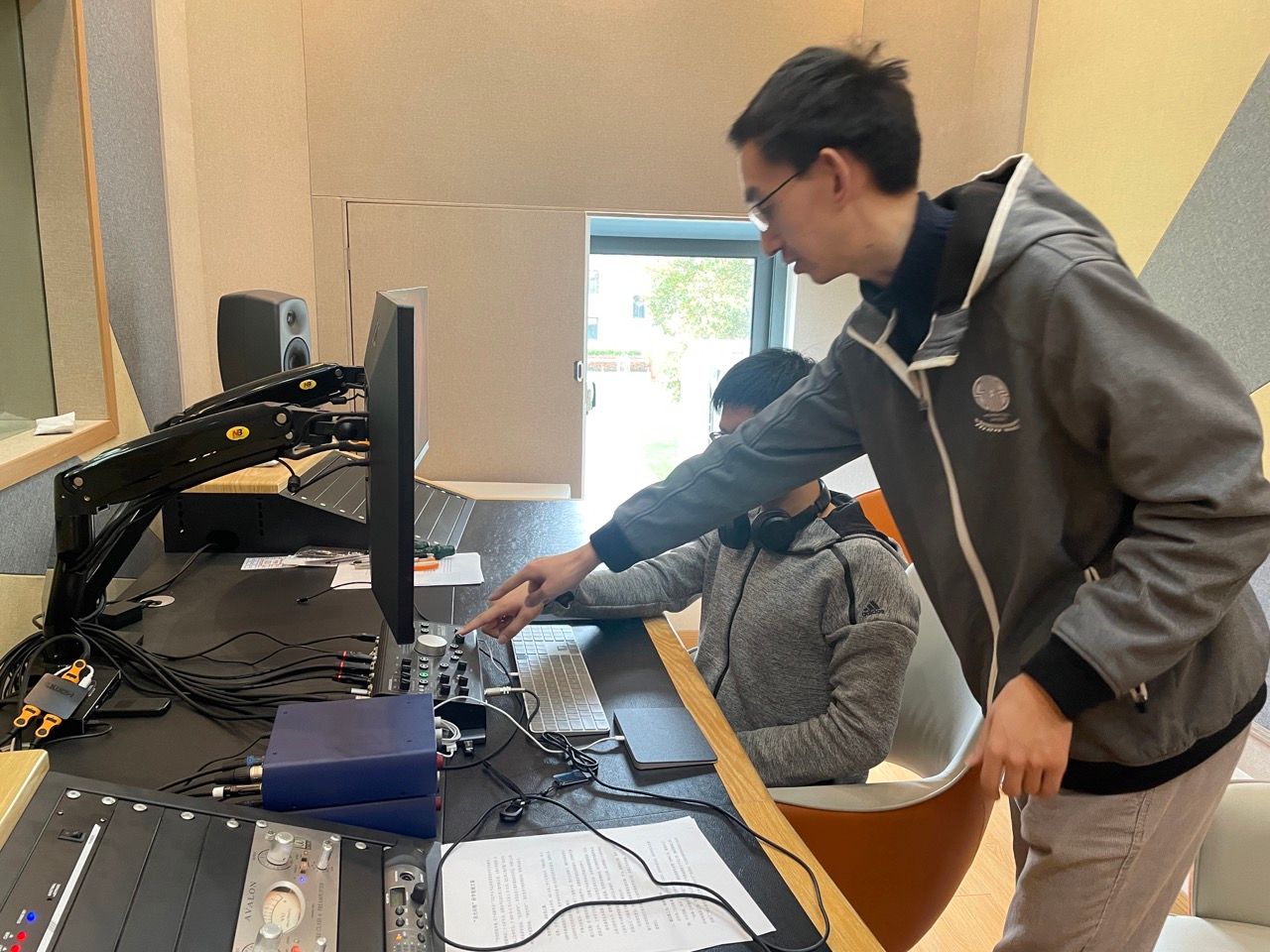

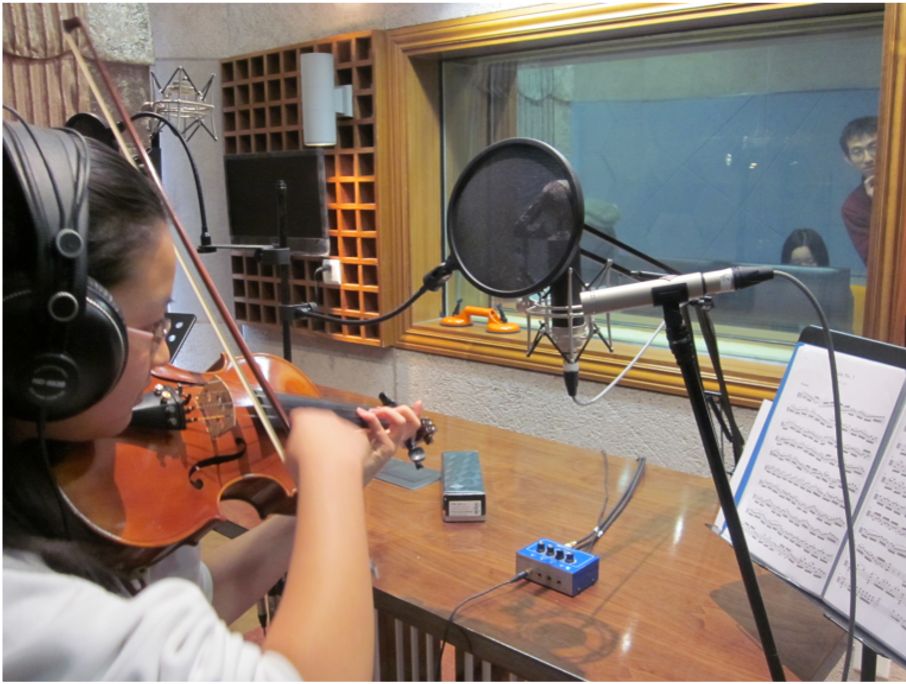

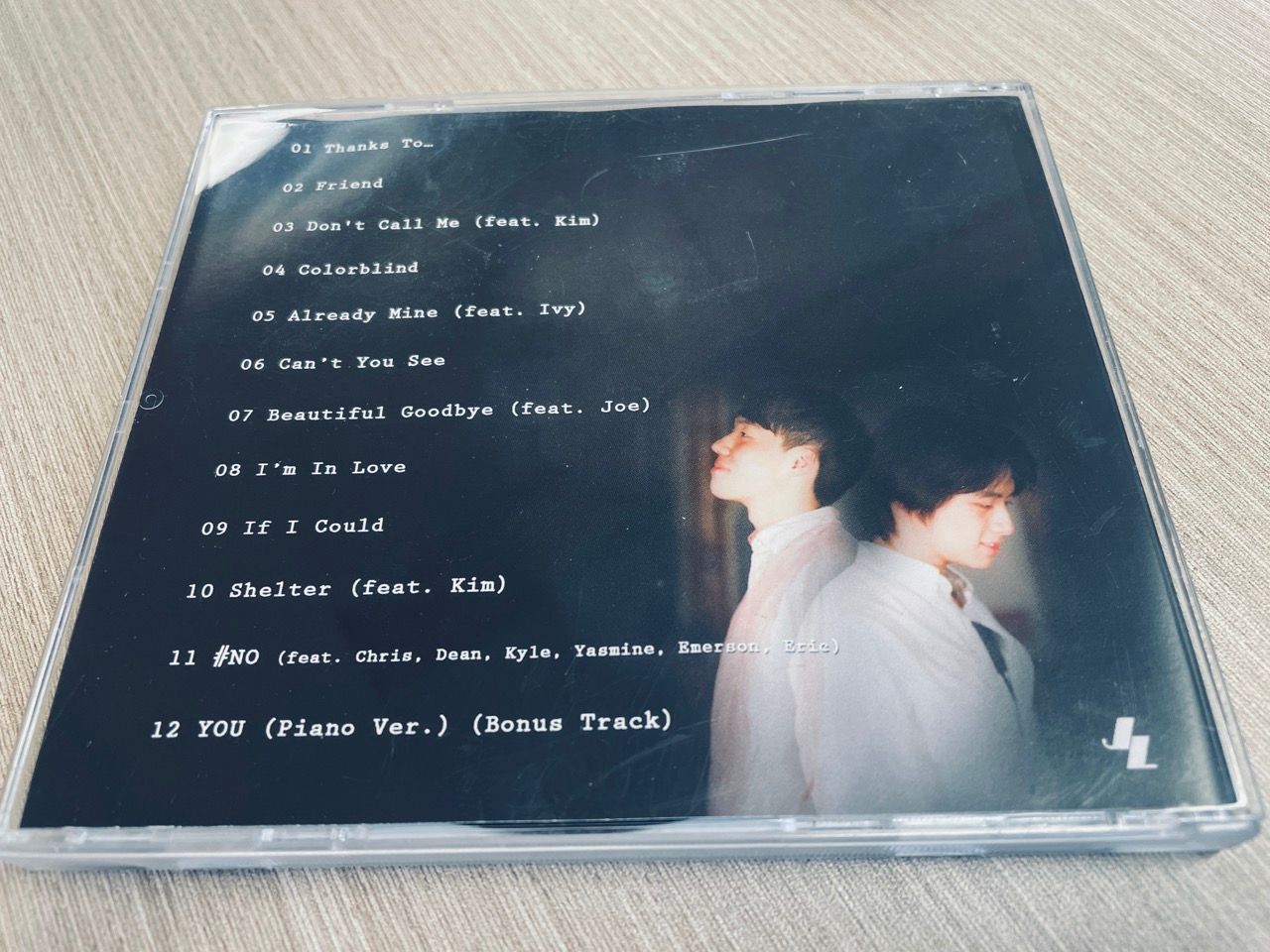
Learning music through practice is an important core of music learning. The practice of using the recording studio can enable students to have a deeper understanding of the application of music skills and concepts in real-life situations. The practical lessons in the recording studio are not only about learning contemporary music technology, but also an effective expansion of traditional music skills and theoretical learning.
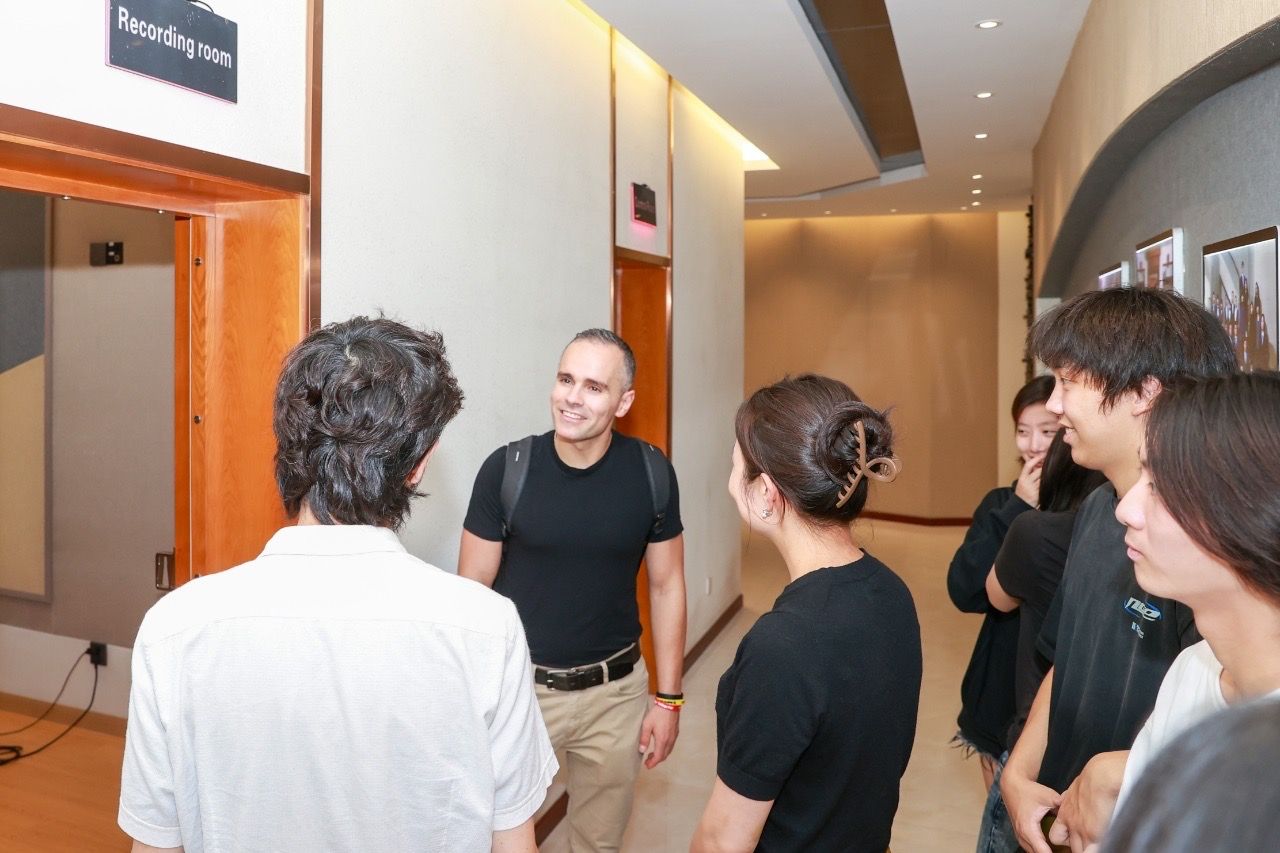
The recording studio at Shanghai High School has been in existence for more than ten years, and has undergone several renovations and equipment updates during this time, becoming a low-key yet gorgeous feature on campus. Here, not only are precious records of the school's development recorded, but also beautiful and creative musical pieces of the high school students are left behind. May this secluded and mysterious little recording studio hidden in the woods continue to advance with the pace of technological development and continue to leave a moving soundscape for the beautiful campus.
(Written by Mr. Wu Jianjing Pictures by Mr. Wu Jianjing, Mr. He Yitao, Mr. Ma Yichen, Mr. Yang Jiawei Edited by Ms. Shi Hanyue Reviewed by Ms. Gu Ying, Ms. Shen Chenli, Mr. Wu Jianjing)